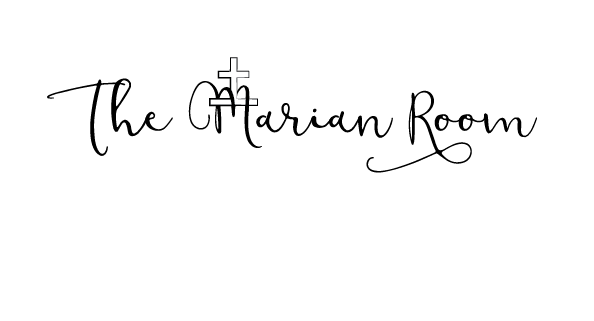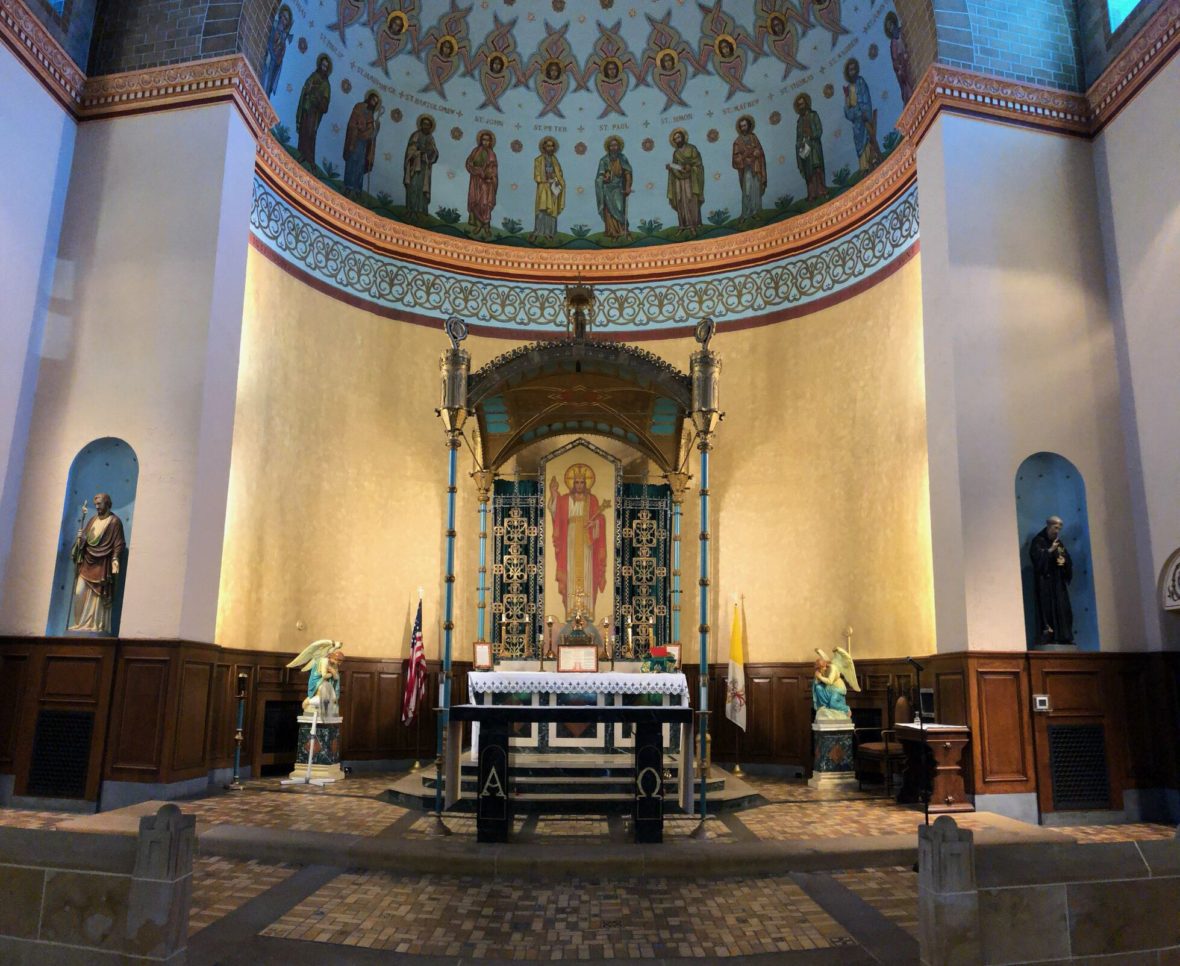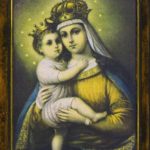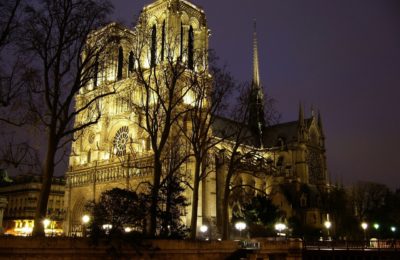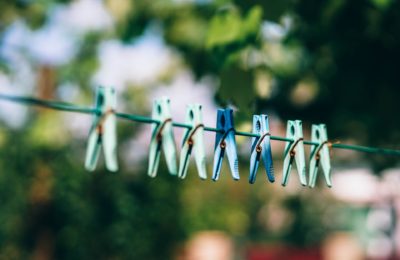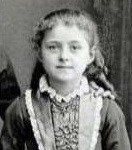I entered the Church of St. Boniface on Sunday for the first time. Family members had spoken of this Pittsburgh gem, but I had never had the time to make the trip to her doors prior to this week.
The Sacramental Spouse, and I, were a bit late, having started out from the O.V. later than planned; and, alas, dependent on the app, Waze, we made a wrong turn, drove up a hill so steep you could hardly believe that row homes were built along its edges: they seemed to be clinging to the hill by sheer willpower. I feared for our safety as I recalled several childhood nightmares that involved my mater driving the old Ford station wagon up a precariously steep hill; but, anyway, after a call from our daughter, asking where we were, we turned around, and made our way, safely, to the doors of the glorious St. Boniface.
This limestone gem is a testament to the Faith of our Fathers, a literal, turquoise jewel box: the altar canopy is based with four turquoise pillars, the altar candlesticks are composed of turquoise colored bases, the background of the painted dome is painted turquoise; it was a delightful eyeful of turquoise. A person could nearly faint from the excessive use of this glorious color throughout the entire interior.
If I had been in the possession, at that moment, of a cache of smelling salts, I might have been impelled to snap one open due to the shock of seeing the copious amounts of Beauty pressed into this church cut along a hill, just off of Rt. 279, in the Steel City (now, a largely tech city, by the way); and I was reminded, yet again, that Beauty converts, for, though a practicing Catholic, I actually found myself thinking: I need to convert to whatever religion created this building.
There was more: the painted image of Our Lord as King behind the high altar was Beauty, in and of, itself. If I stripped the entire building of all its other beautiful accouterments, that image, alone, could cause an instant conversion. His beauteous face is kingly, yet, kind. Serene, yet militant. He wields his scepter with kindness, yet with a grave majesty. It is no wonder that atheists, and pagans, possess such a dislike for Catholic icons, paintings, churches, and statues: they cause conversions. They speak of other things, other places, of our eternal home, of God, and of our Lord and Savior, Jesus Christ.
The Baby liked the church, too. She repeatedly pointed to the ceiling where I noticed more designs, and to the stained glass windows, delightfully filled with lapis colored blue glass, which brought back childhood memories at St. Philip Neri Church in Maryland. Not because St. Philip Neri had beautiful windows. No, St. Philip Neri Church was built in the late 1960s, and, as such, the architects of the times (!), were stingy with the stained glass. There was (and, is) just enough to wet the whistle, and these told me, in my childhood, that I was missing out on something, that there were places that were lavish with the stained glass, and I would, yet, find them.
On that day, I had found one of these places: one of the places that had been built before the Revolution that has attempted to destroy our Holy Church, and her beautiful churches (a topic for another post).
At this point in time, we cannot personally know the people who had built St. Boniface. Wikipedia had told me, on my phone, which I managed to read as said Spouse was zooming about on dangerously high hills, that it was built by German immigrants in the 1920s. I thought about them as I examined the church, and thought, and wish to say, thank you, ancestors in the Faith: I see your beliefs on the walls, on the floors, on the doors and ceilings of this church.
Thank you.
•SCF
Image: snapped by JDF II, the blues in the picture are, in person, true turquoise.
